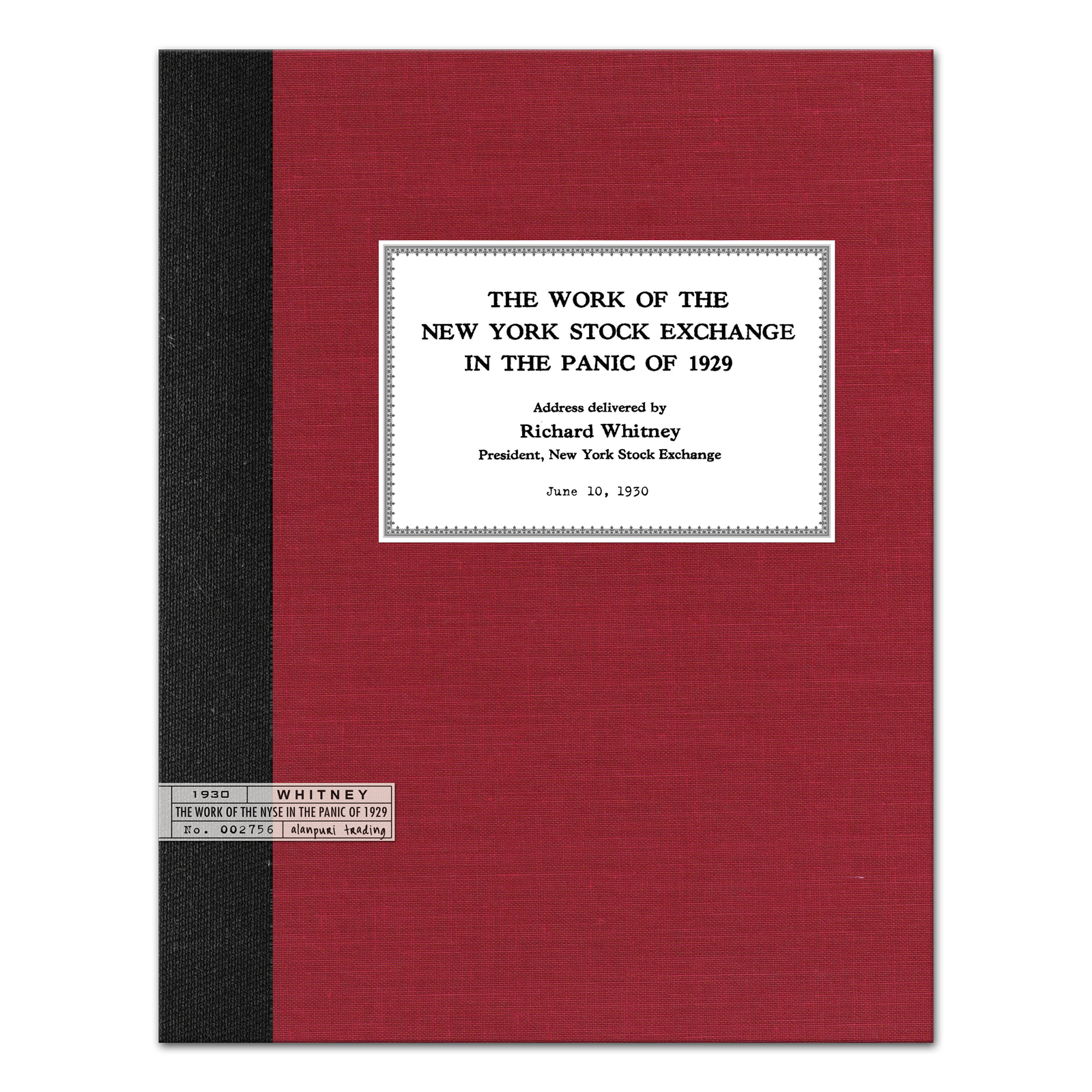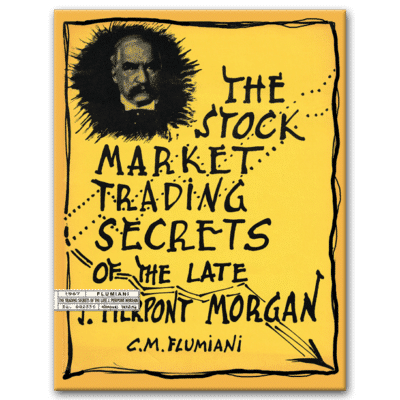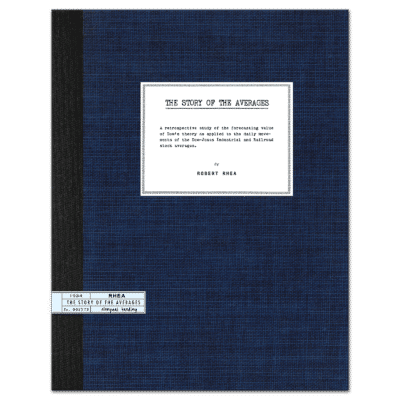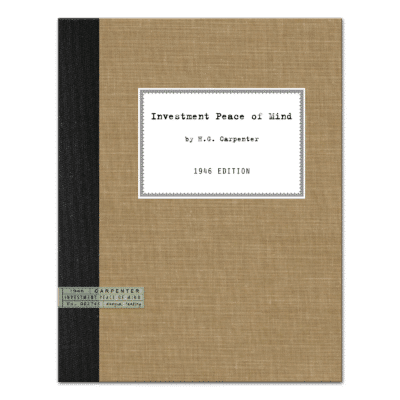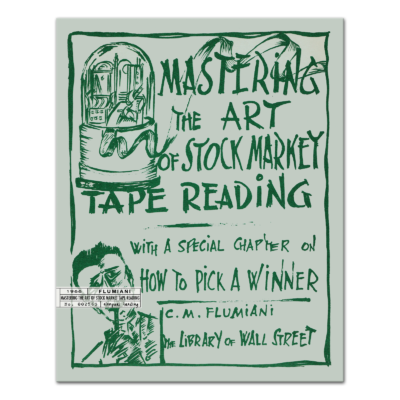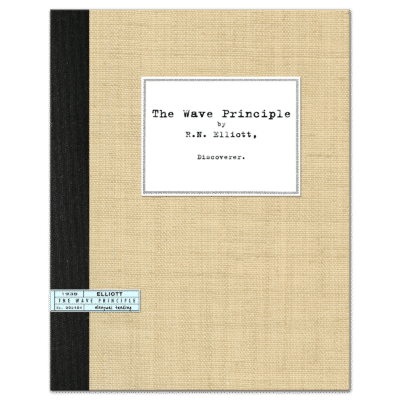Description
The Work of the New York Stock Exchange in the Panic of 1929 by Richard Whitney
Alanpuri Trading, Los Angeles, CA, U.S.A., 2015. Softcover, Reprint, an address delivered by Richard Whitney (President of the New York Stock Exchange) before the Boston Association of Stock Market Firms, at the Algonquin Club, Boston, Massachusetts, June 10, 1930, 29 pp.
Contents: Here’s a brief passage from the beginning of the book — Gentlemen: I very deeply appreciate the compliment which you have paid me by inviting me to talk here tonight. I trust, however, that my presence as a former resident of Boston, may not be construed as the return of a prodigal son, even though I may seem deliberately to have courted the danger of creating such an impression by selecting as the subject of my remarks the stock market panic of last autumn. Boston has sometimes been accused of having caused all the trouble – a view which has largely arisen, I believe, from the startling prophecies made by a local financial soothsayer. I thoroughly realize the grave perils of attempting to deal with future events, and therefore, I intend to confine my remarks wholly to the past, in describing certain episodes of the panic as they appeared at the time to the administration of the New York Stock Exchange. II. The decline in share prices which ended in the panic began as early as mid-September. At first, however, the movement contained no suggestion of panic whatsoever. The volume of trading on the Exchange was active, but not at all out of hand. The downward trend of stock prices was gradual and several time interrupted by brisk rallies. Many people at the time complacently characterized this lower drift of prices as “a healthy reaction” or “a creeping bear market” – phrases which in later weeks assumed a most unpopular and horrid significance. — end. 29 pp.
EXTREMELY SCARCE 1930 content on the 1929 CRASH, highly recommended reading.
About Richard Whitney: After his tenure as President of the NYSE, Whitney was later convicted of embezzlement and imprisoned. The Bernie Madoff of his times. While Richard Whitney was assumed to be a brilliant financier, he in fact had personally been involved with speculative investments in a variety of businesses and had sustained considerable losses. To stay afloat, he began borrowing heavily from his brother George as well as other wealthy friends, and after obtaining loans from as many people as he could, turned to embezzlement to cover his mounting business losses and maintain his extravagant lifestyle. He stole funds from the New York Stock Exchange Gratuity Fund, the New York Yacht Club (where he served as the Treasurer), and $800,000 worth of bonds from his father-in-law’s estate. Having retired as president of the NYSE in 1935, Whitney remained on the board of governors, but in early March 1938, his past began to catch up with him when the comptroller for the NYSE reported to his superiors that he had established absolute proof that Richard Whitney was an embezzler and that his company was insolvent. Within days, events snowballed, and Whitney and his company would both declare bankruptcy. An astonished public learned of his misdeeds on March 10 when he was officially charged with embezzlement by New York County District Attorney Thomas E. Dewey. Following his indictment by a Grand Jury, Richard Whitney was arrested and eventually pleaded guilty. He was sentenced to a term of five to ten years in Sing Sing prison.
The Work of the New York Stock Exchange in the Panic of 1929 by Richard Whitney, 29 pp.

